Is Water Hyacinth Invasive: Learn About Water Hyacinth Control
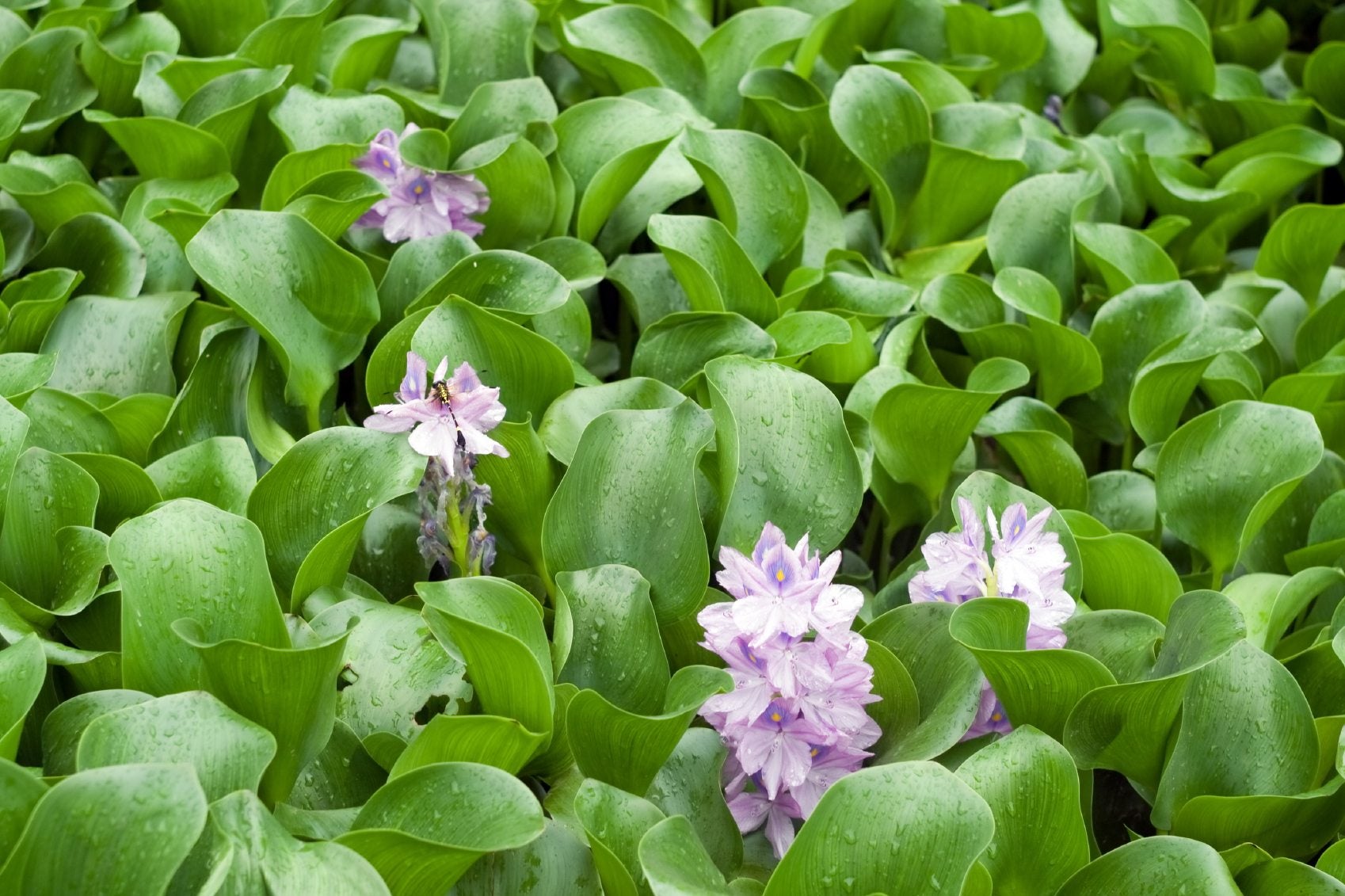
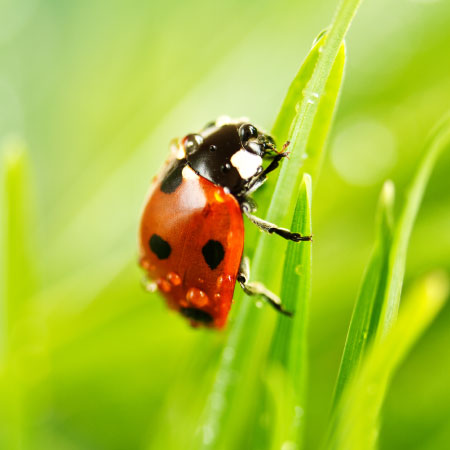
The garden offers us a variety of beautiful plants to pick and choose between. Many are selected because of their prolific fruit production, while others attract us with insurmountable beauty. Water hyacinth is one of those plants that is deceptively gorgeous, delivering a serious payload to anyone unlucky enough to plant them in warm climates. Water hyacinth in ponds seems like a great idea when you plant them, but it won't be long before you need major help.
Is Water Hyacinth Invasive?
Although the brilliant purple water hyacinth isn't yet federally listed as a noxious weed, plant and waterway experts the world over agree: this plant is bad news. The plant was initially spread because of its beautiful flowers, but the mistake of this particular decision was soon realized-- after the damage couldn't be undone. Now, water hyacinth threatens dams, waterways, and wildlife across the globe, often forming dense mats so thick that a grown man can walk across them. So, while it's not legally considered invasive, water hyacinth control occupies a great deal of time in the minds of experts everywhere. These people would tell you that it's only a matter of time before this plant is listed and regulated because of its aggressive nature.
How to Control Water Hyacinth
If you've already been drawn in by the siren song of the water hyacinth, or a former owner of your property fell hard for this plant, you know the sheer determination it can exhibit. Managing water hyacinths is no small feat, but you can rid your garden ponds of these plants for good. The most effective methods so far found to control these plants include draining ponds completely, then removing and chopping up the plant (away from the pond, as even a small piece can regrow into new water hyacinths). Water hyacinth can then be composted, provided your compost pile is far from any water sources that could be affected by runoff, or double-bagged and thrown in the trash. It may take several tries to rid your pond completely of water hyacinth, due to its weed-like behavior. If you've tried simply pulling this plant out of your pond in the past, without draining or cleaning the pond and equipment thoroughly, you've probably convinced yourself nothing will kill water hyacinth. However, by using an aggressive combination approach, you should be rid of your water hyacinth in no time.
Gardening tips, videos, info and more delivered right to your inbox!
Sign up for the Gardening Know How newsletter today and receive a free copy of our e-book "How to Grow Delicious Tomatoes".

Kristi Waterworth was a regular contributor to Gardening Know How for many years, answering countless queries on plant pests and diseases.
-
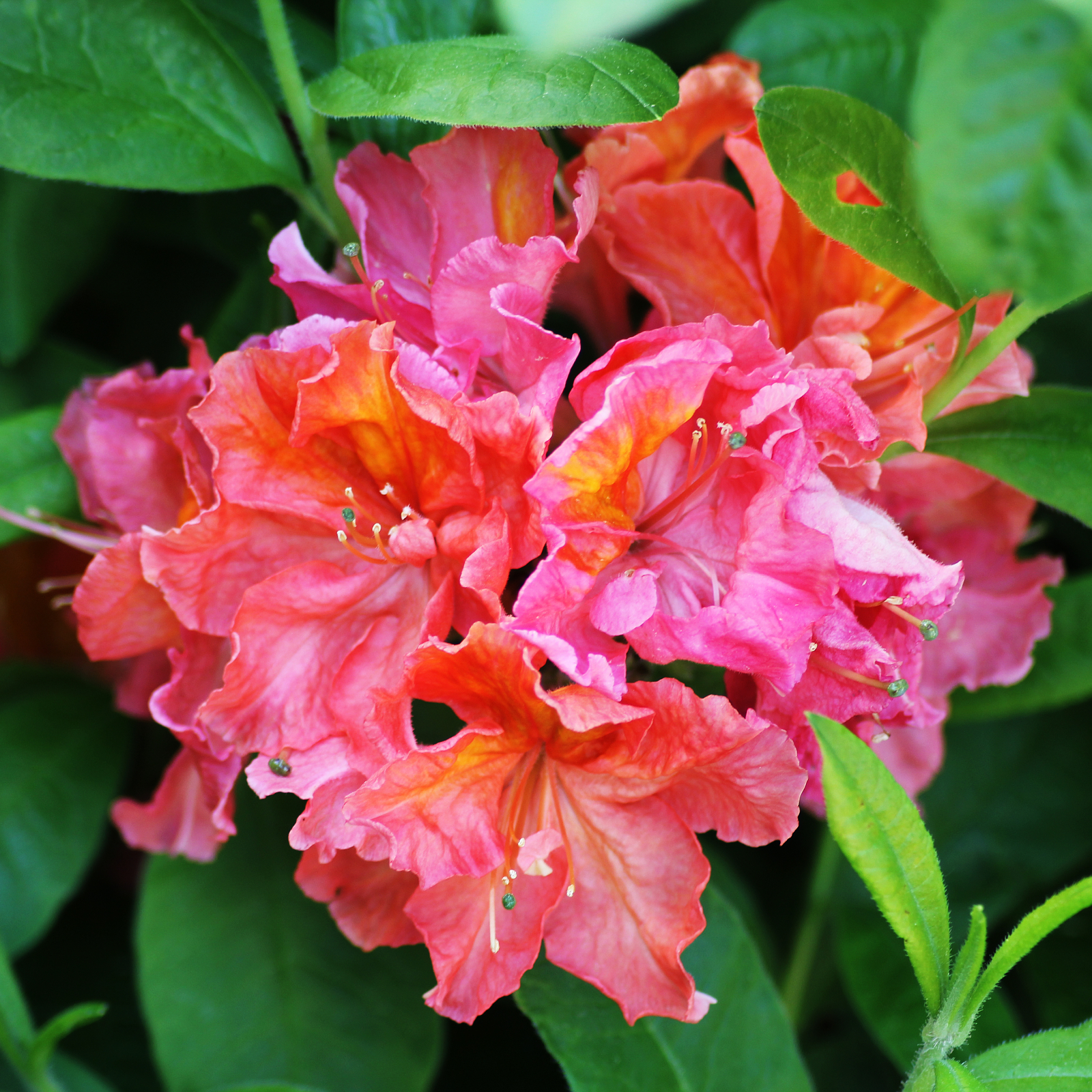 8 Noteworthy Native Azaleas Every Gardener Should Know – And Grow!
8 Noteworthy Native Azaleas Every Gardener Should Know – And Grow!Native azaleas offer brilliant blooms in a range of colors and sizes. Here are a few favorites to get inspired and start working on a native shade garden!
-
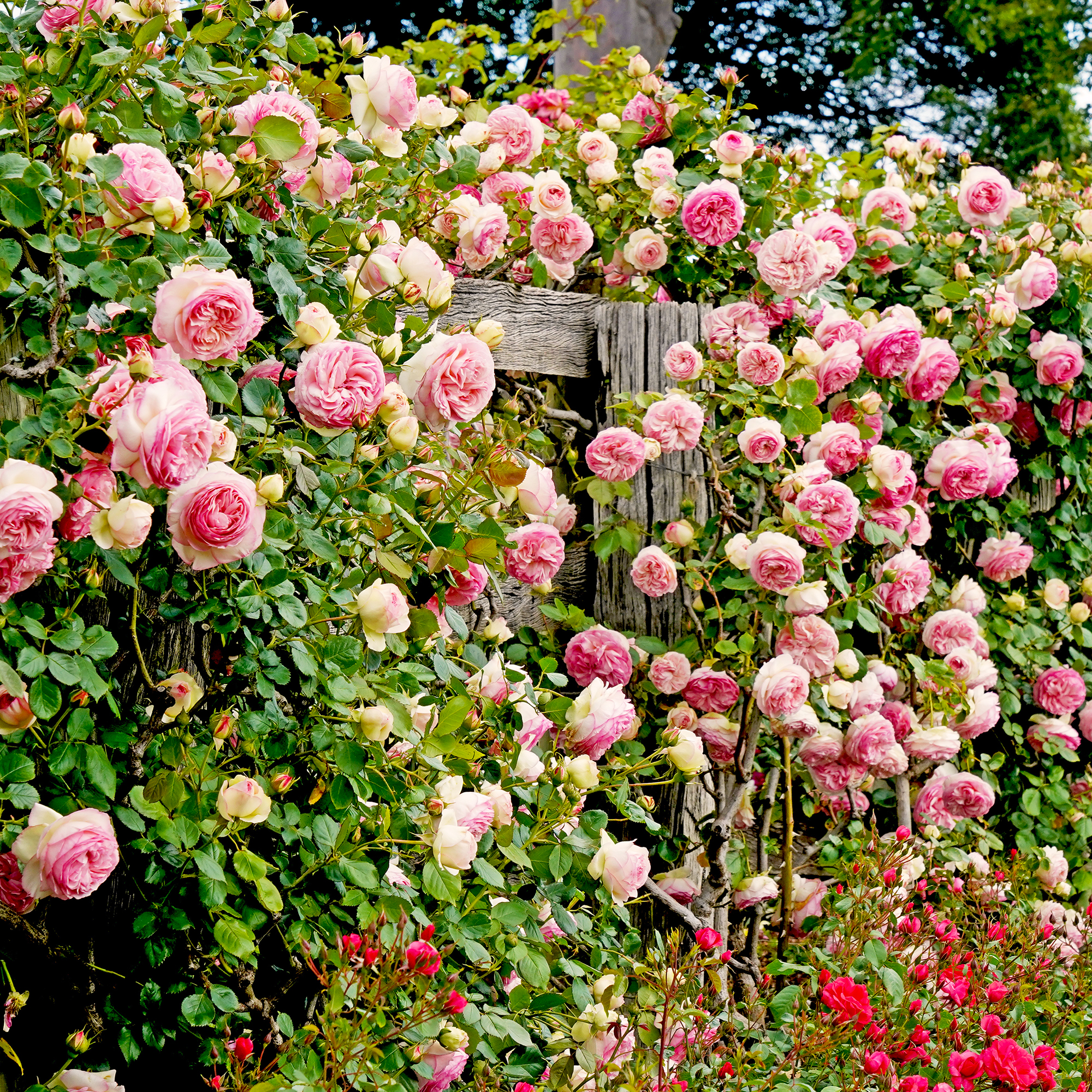 Growing Climbing Roses: How To Create Elegant Displays With Maximum Blooms
Growing Climbing Roses: How To Create Elegant Displays With Maximum BloomsMaster the art of growing stunning climbing roses with this essential guide to creating vibrant, fragrant walls and structures all summer long.
-
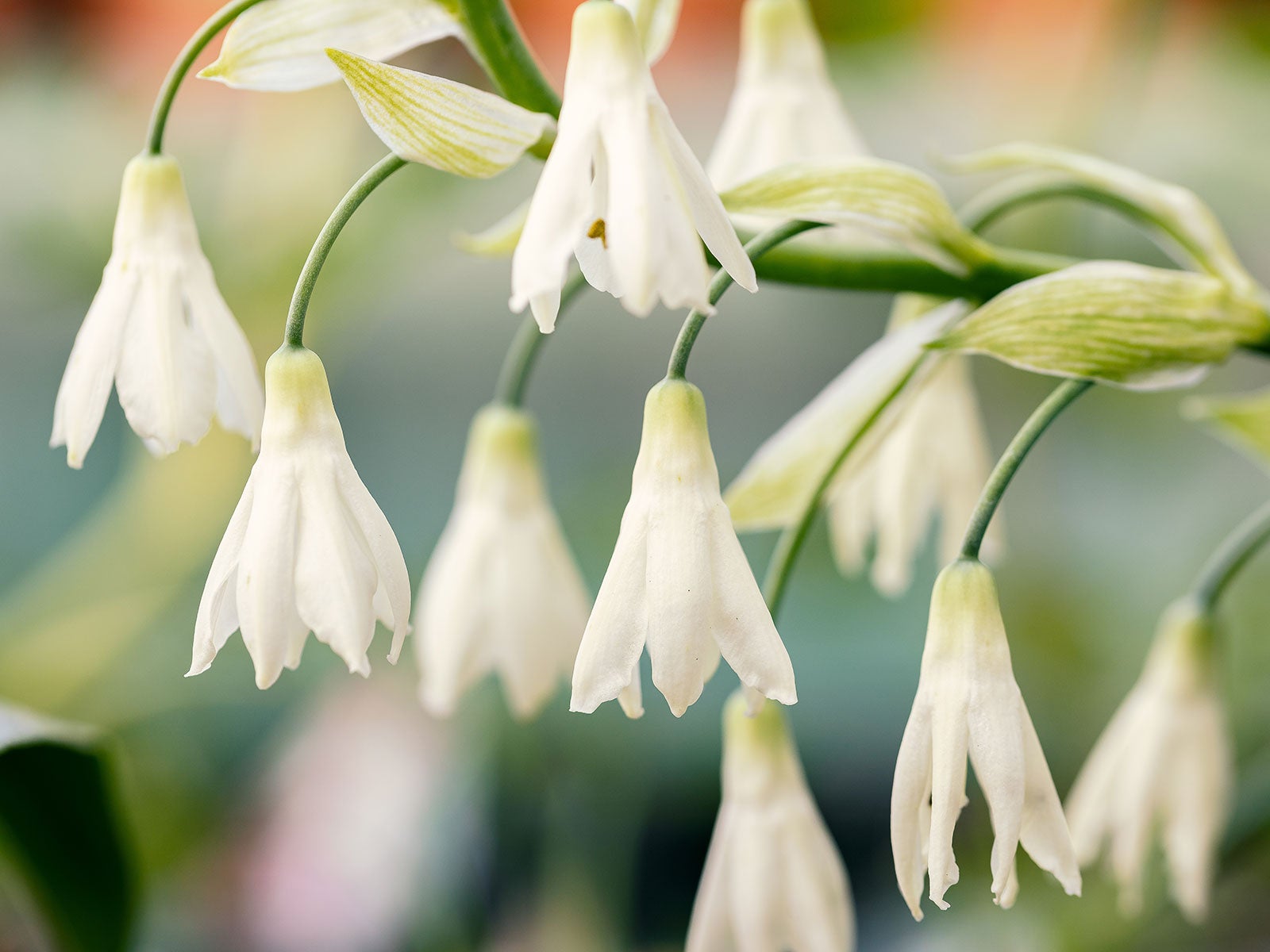 Grow Ornithogalum Candicans: Add Sparkle To Borders With Summer Hyacinth
Grow Ornithogalum Candicans: Add Sparkle To Borders With Summer HyacinthLooking like a giant snowdrop, Ornithogalum candicans lights up summer borders. Find out how to grow summer hyacinth for bright white blooms.
-
 Hyacinth Bulb Itch – What To Do For Hyacinth Skin Allergy
Hyacinth Bulb Itch – What To Do For Hyacinth Skin AllergyHyacinth is a popular fall planted bulb for cheerful, fragrant spring blooms. These flowers help to drive away winter glooms. Unfortunately, hyacinth irritation can be an issue. Learn more about this skin problem, referred to as hyacinth bulb itch, in the following article.
-
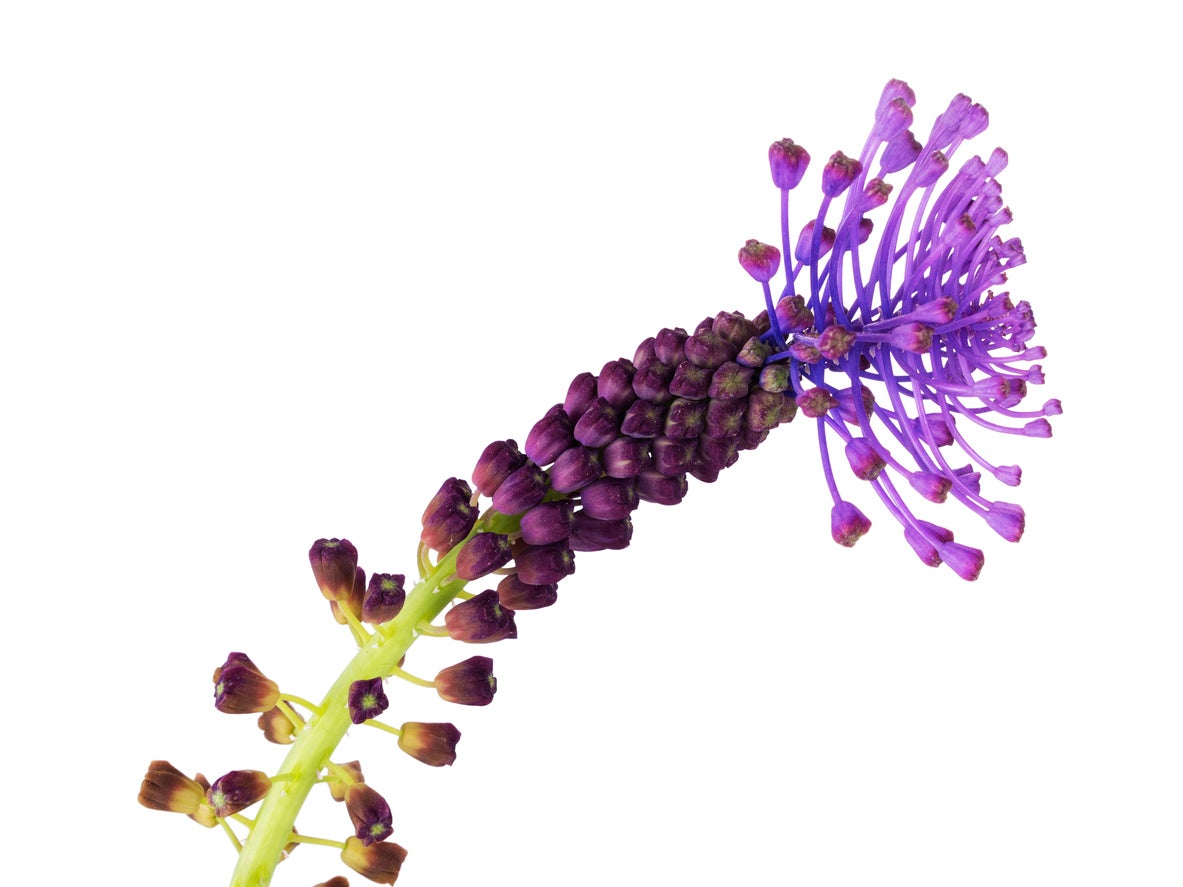 Feather Hyacinth Plants – Tips For Planting Feathered Grape Hyacinth Bulbs
Feather Hyacinth Plants – Tips For Planting Feathered Grape Hyacinth BulbsThe feather hyacinth, aka tassel hyacinth plant, can add another cool textural element to the garden with their feathery plumes. If you have some of these bulbs and are ready to go, click this article for tips on how to grow a Muscari feather hyacinth, including tips on their care.
-
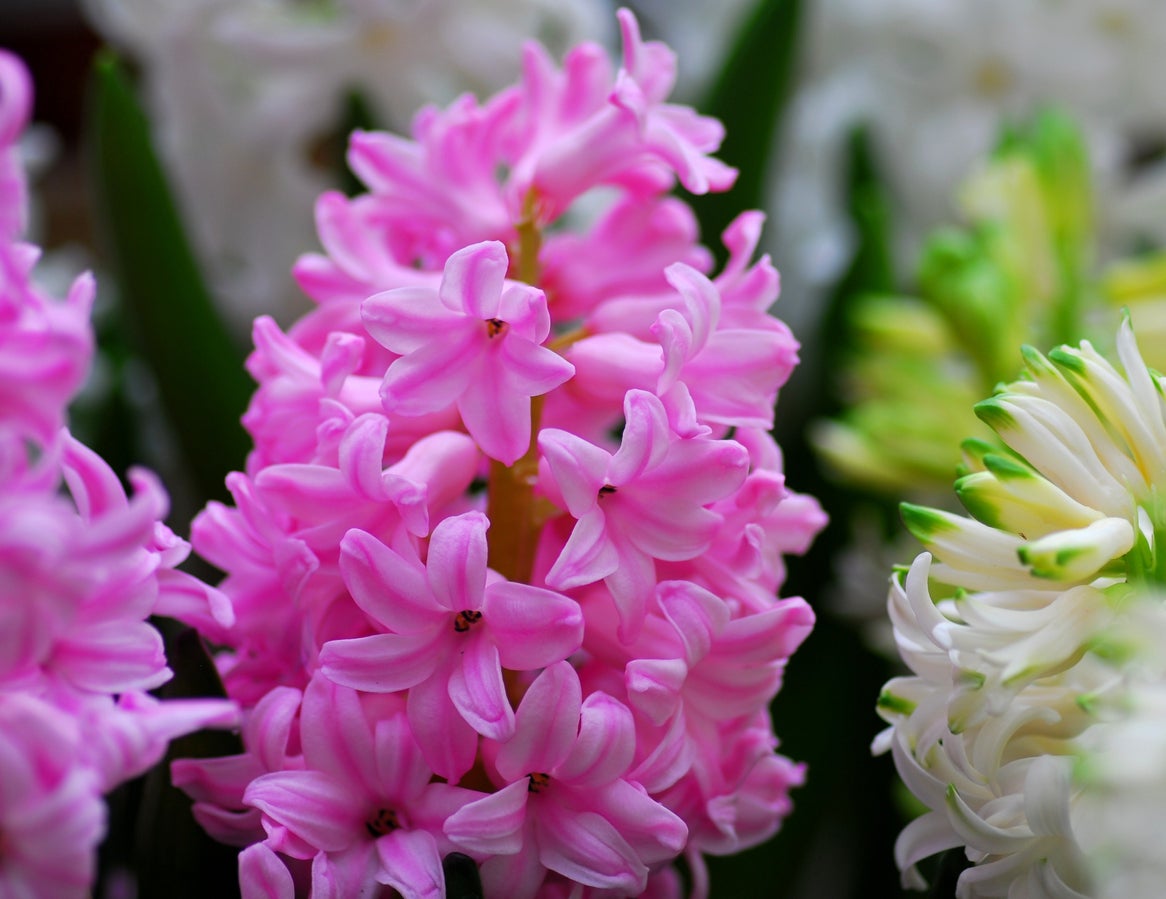 Growing Amethyst Hyacinths: Information On Amethyst Hyacinth Plants
Growing Amethyst Hyacinths: Information On Amethyst Hyacinth PlantsGrowing Amethyst hyacinths (Hyacinthus orientalis ‘Amethyst’) couldn’t be much easier and, once planted, each bulb produces one spiky, sweet-smelling, pinkish-violet bloom every spring, along with seven or eight big, shiny leaves. Learn more in this article.
-
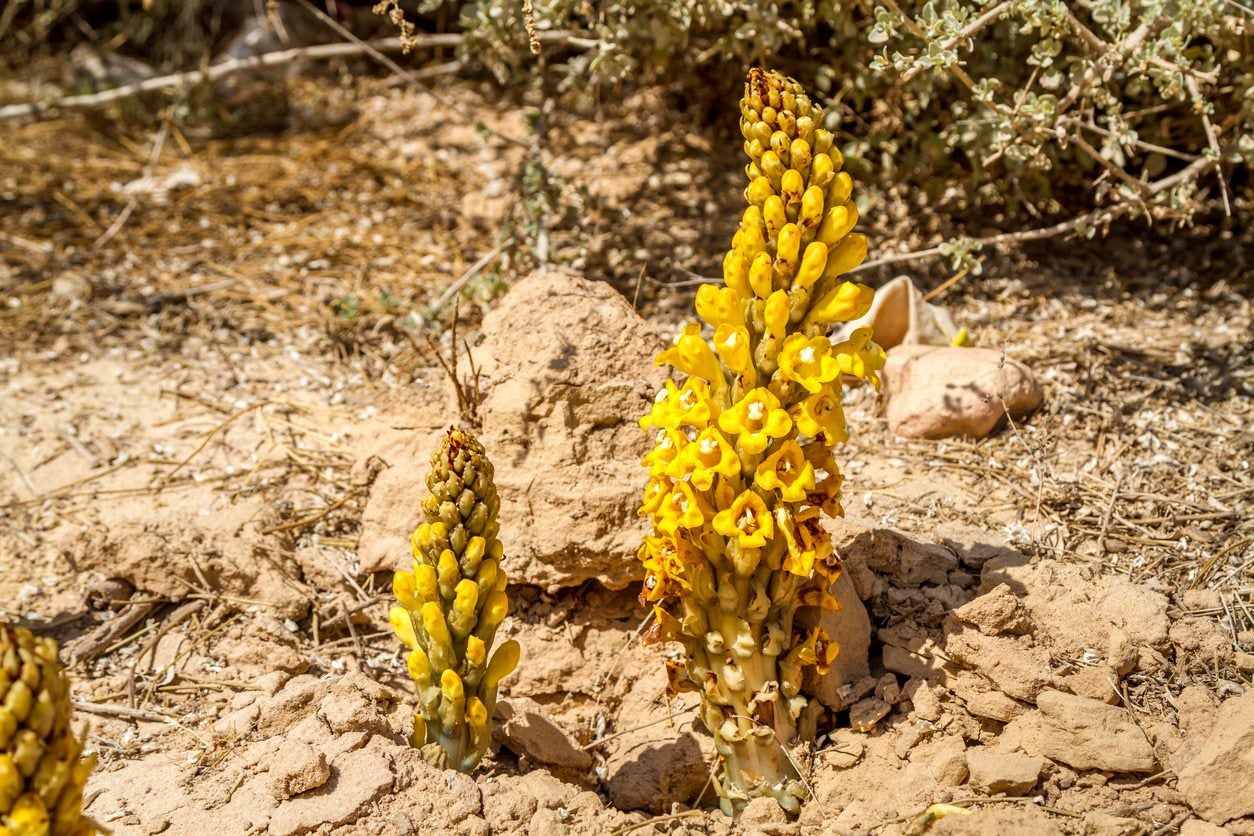 Desert Hyacinth Information – Learn About The Cultivation Of Desert Hyacinths
Desert Hyacinth Information – Learn About The Cultivation Of Desert HyacinthsDesert hyacinth is a fascinating desert plant that produces tall, pyramid-shaped spikes of dazzling yellow blooms during the spring months. What makes desert hyacinth plants so interesting? For more desert hyacinth information, click this article.
-
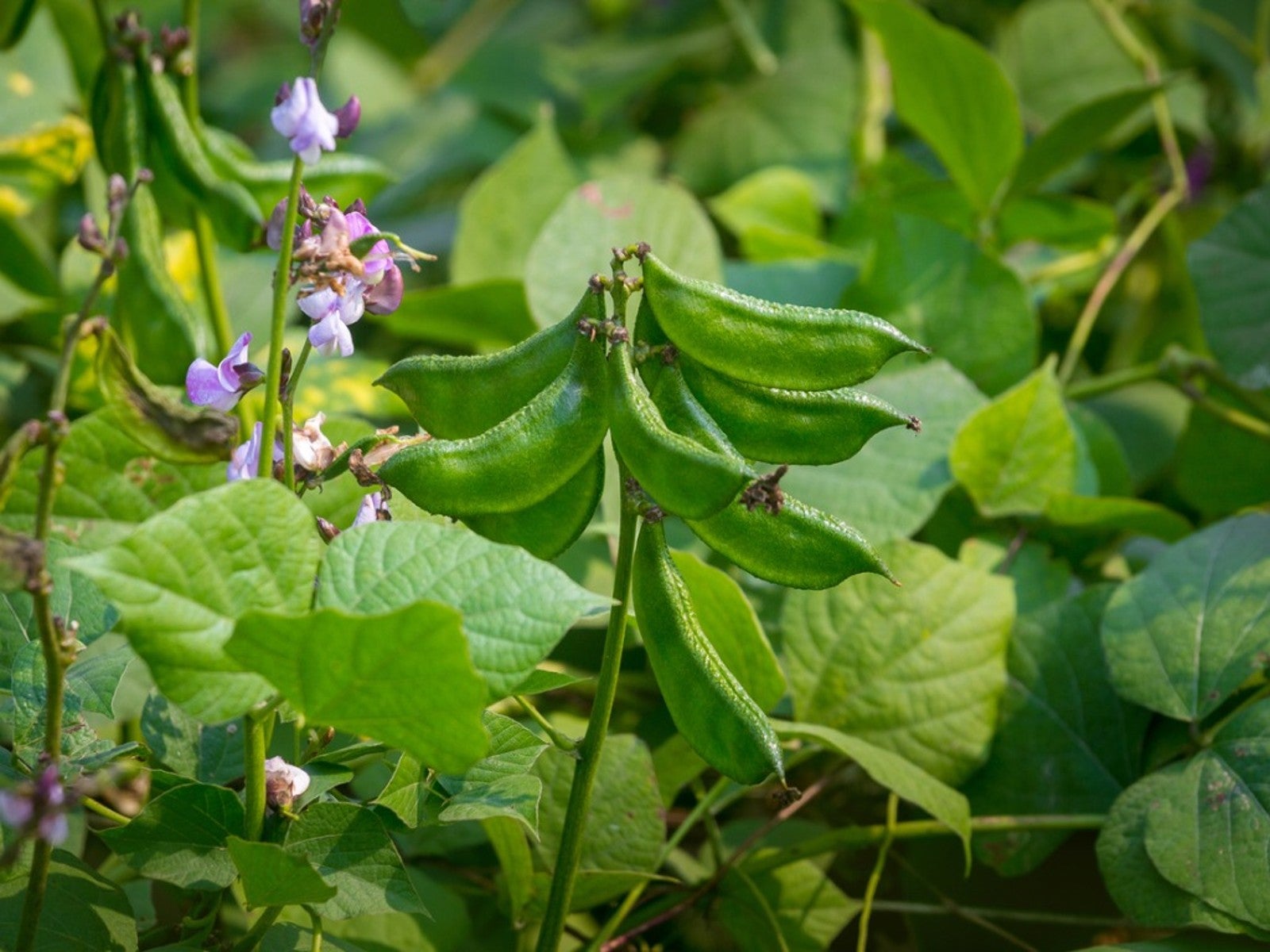 Pruning Hyacinth Bean Plants: When To Prune Hyacinth Bean Plants
Pruning Hyacinth Bean Plants: When To Prune Hyacinth Bean PlantsPruning may sacrifice flowers, but if the plant gets out of control, you know when to prune hyacinth bean. Pruning is strictly for aesthetics and to keep the plant in a habit you require. This article has additional information on pruning hyacinth bean plants.
-
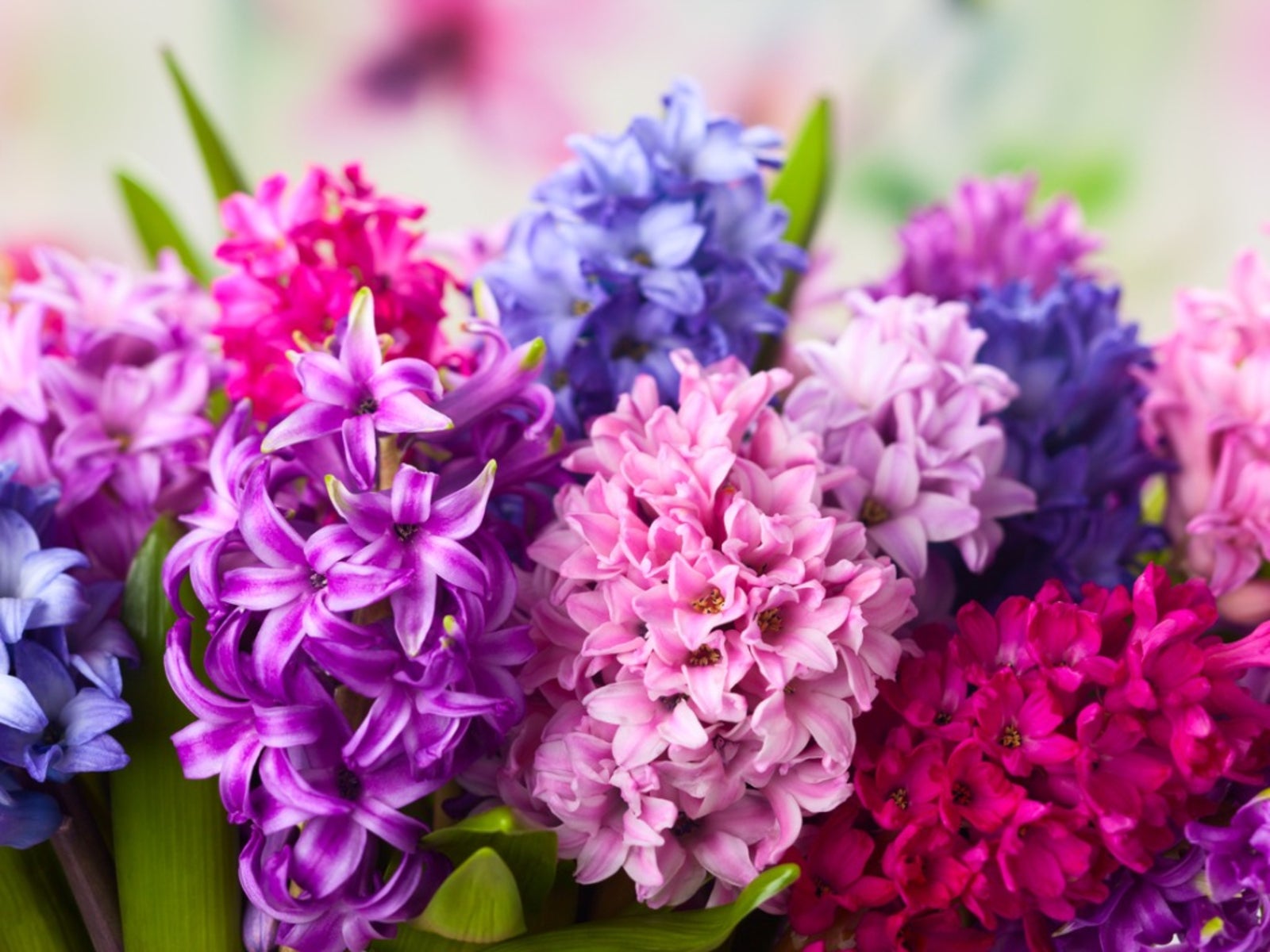 Hyacinth Seed Propagation – How To Grow Hyacinths From Seed
Hyacinth Seed Propagation – How To Grow Hyacinths From SeedAs hyacinth flowers fade and small green seed pods begin to form in their place, you may wonder, can you propagate hyacinth seeds? Click this article to learn about saving hyacinth seed and hyacinth seed propagation.
-
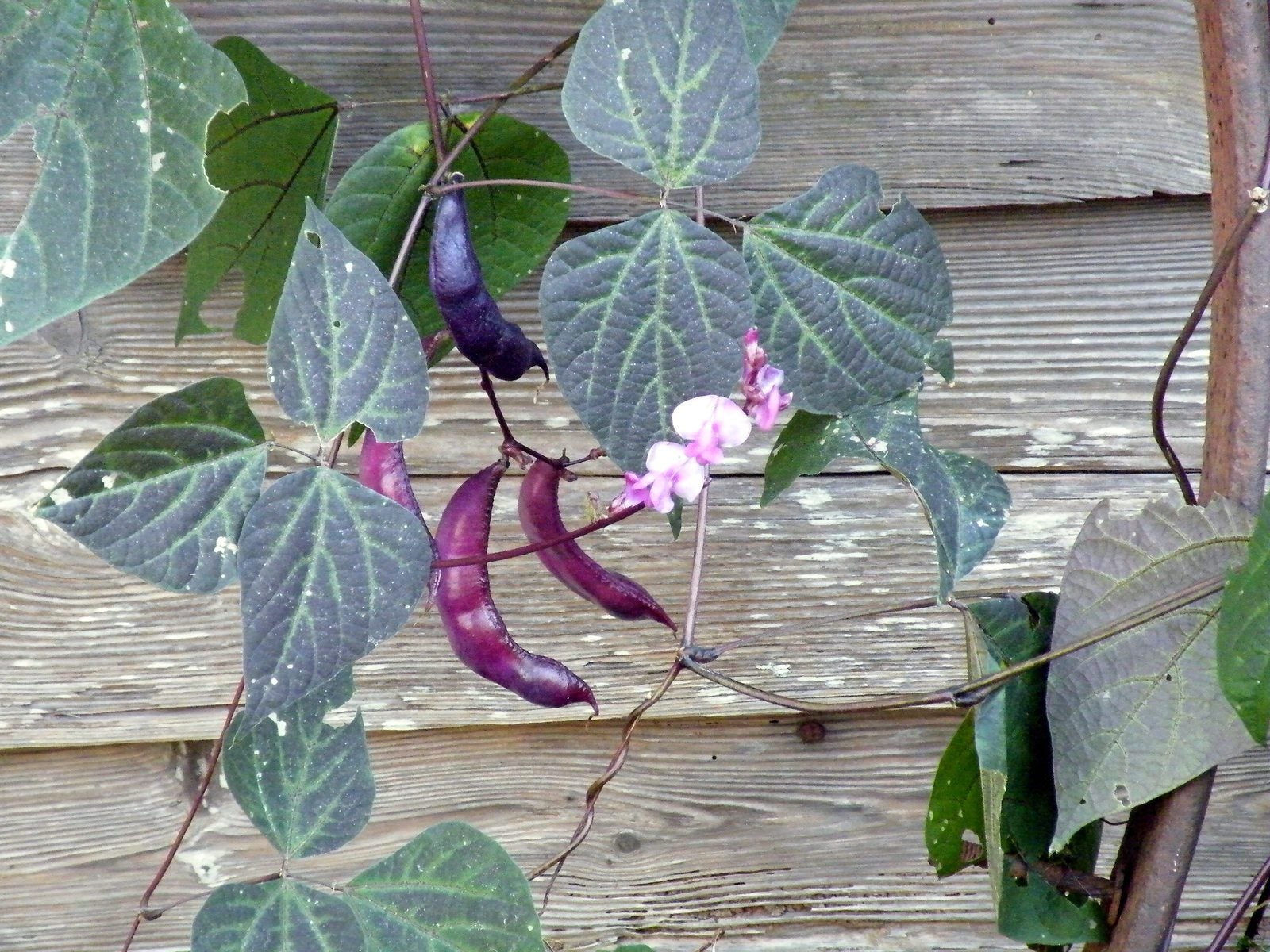 Hyacinth Bean Vines: Tips On Growing Hyacinth Beans In Pots
Hyacinth Bean Vines: Tips On Growing Hyacinth Beans In PotsWith purple flowers and striking fuchsia pods, hyacinth bean vines brighten up any garden. But what if you don't have a garden? Is it possible to grow these beauties in a pot? Click this article to learn more about how to plant hyacinth beans in containers.